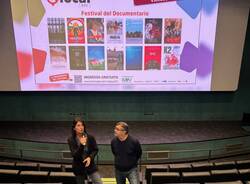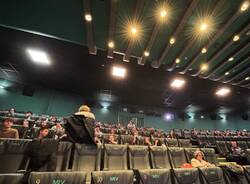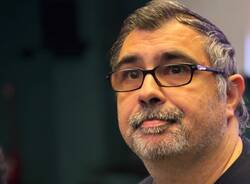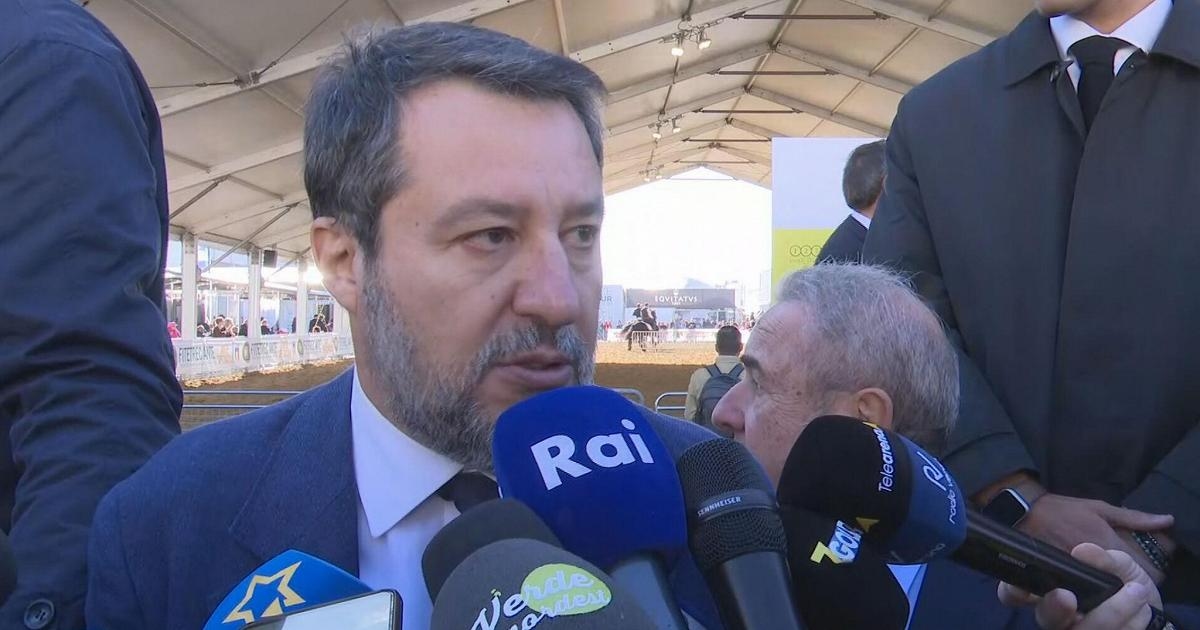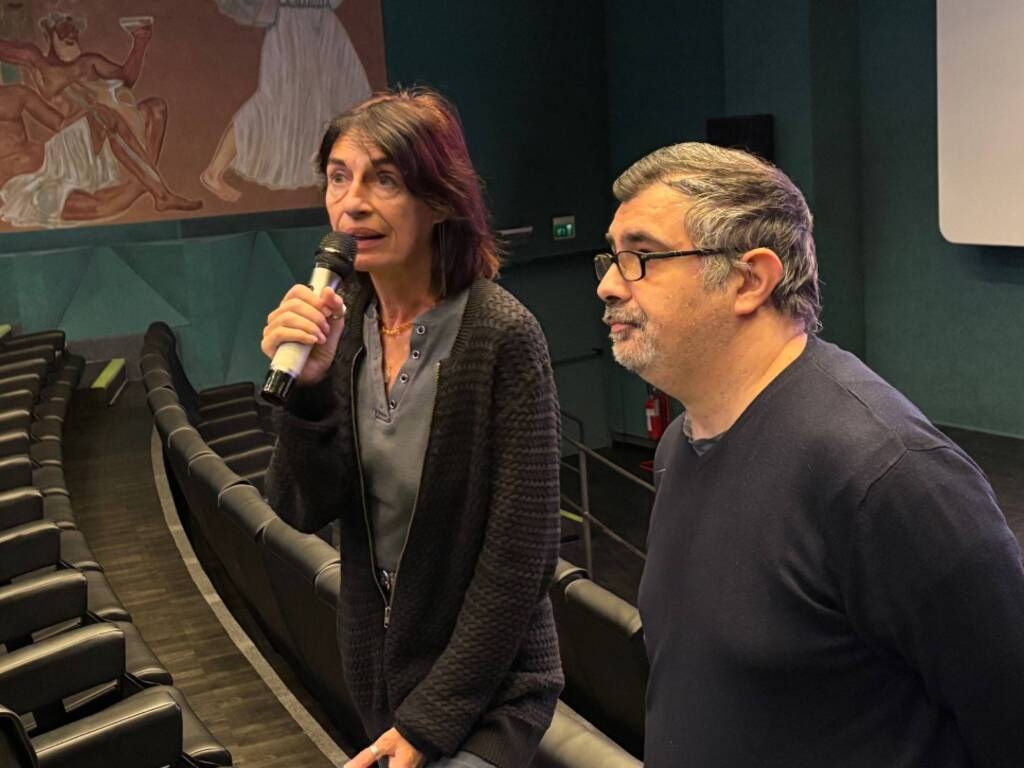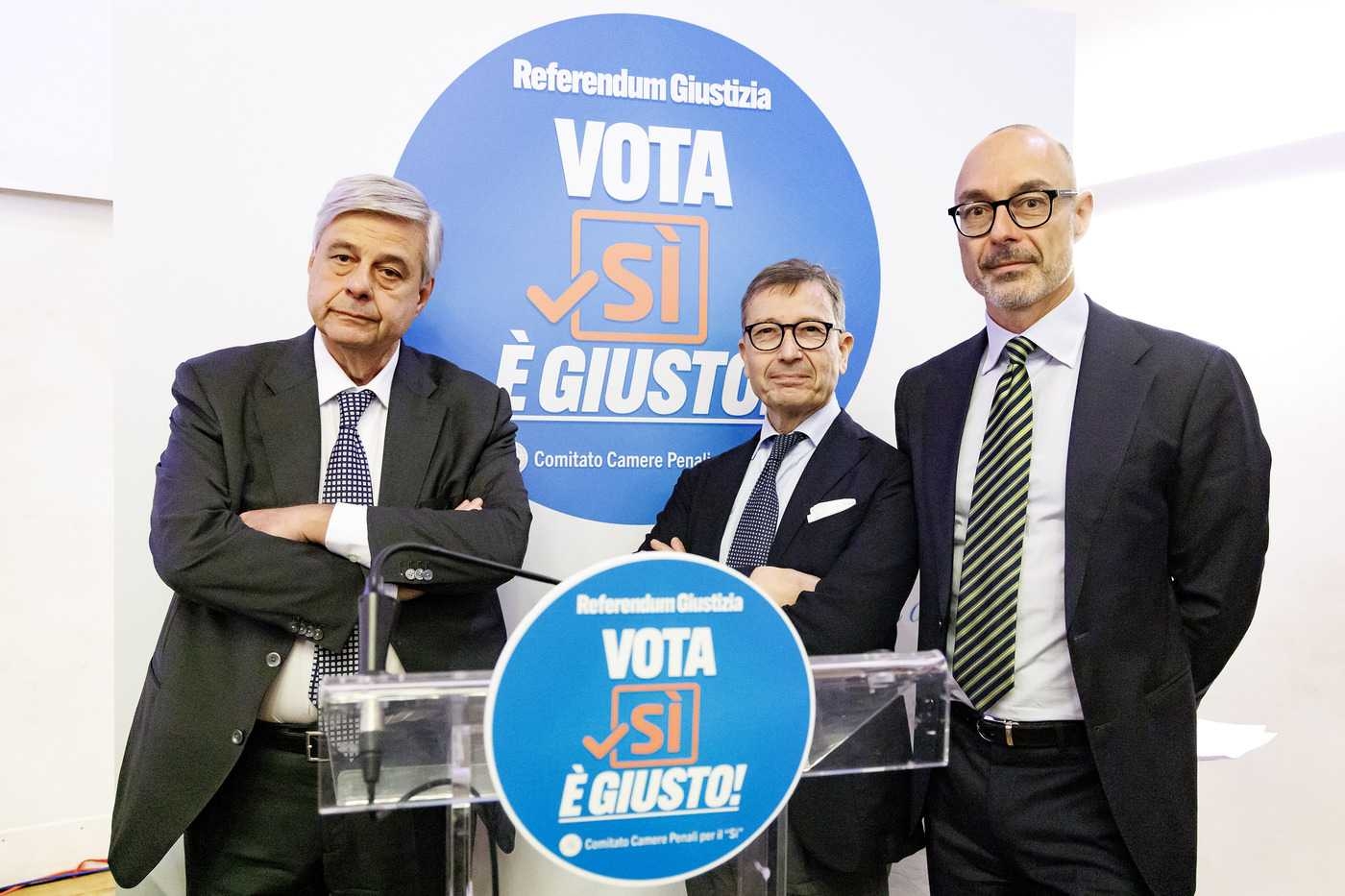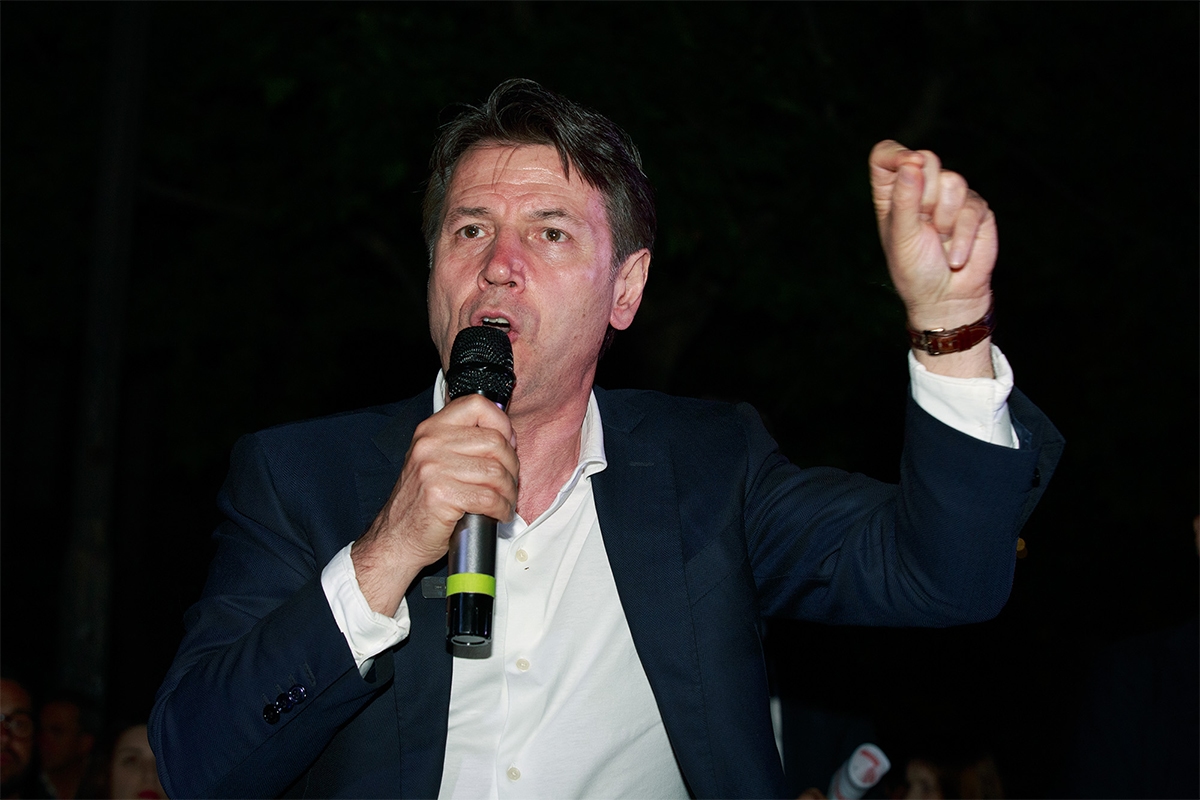Varese - "Nyumba" closes the screenings for schoolchildren at Glocal Doc with five stories of migration and reception - - Varese News
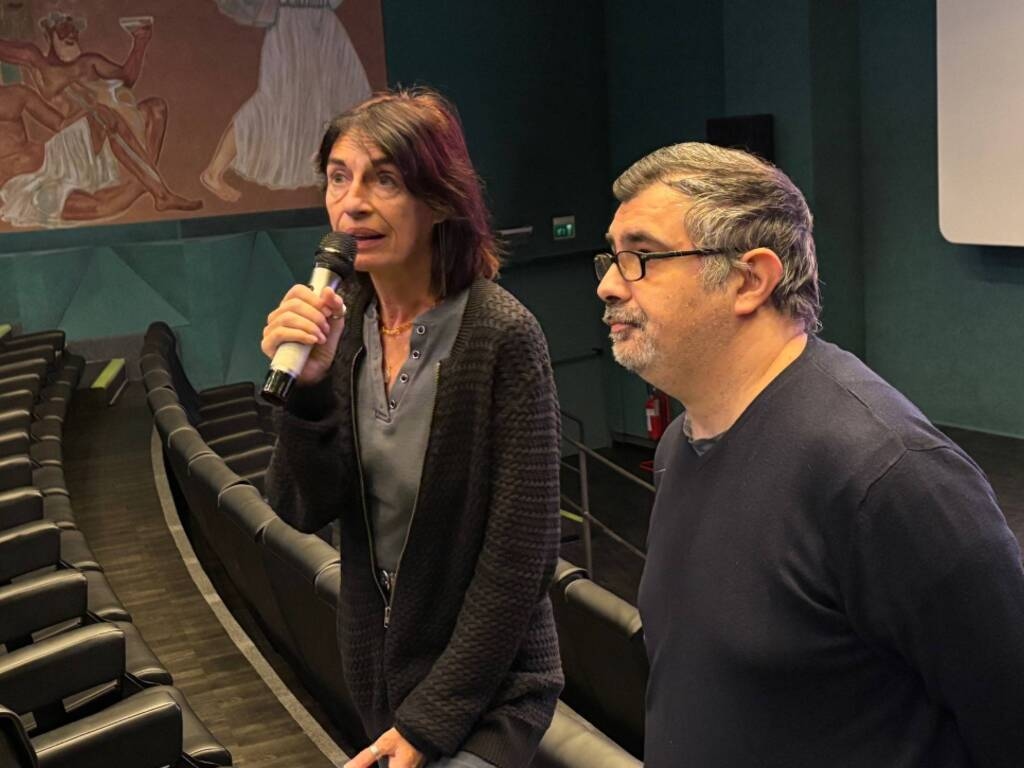
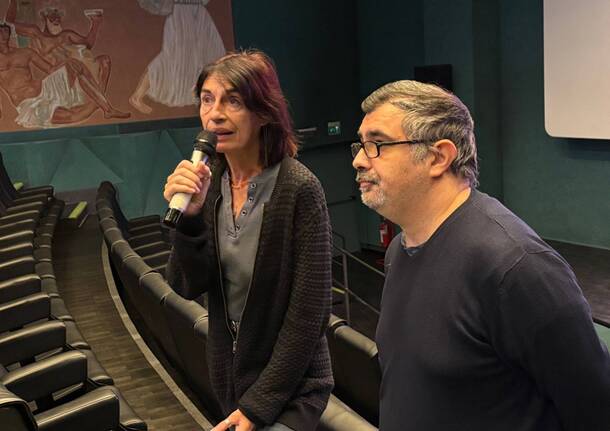
The screening of the documentary "Nyumba" closed this morning's school screenings of the 2025 edition of Glocal Doc. Around a hundred students from the Varese Classical High School and the Maria Ausiliatrice Institute attended the screening and then engaged in a conversation with director Francesco Del Grosso and screenwriter Paola Bottero after the film.
The documentary tells the true stories of Abdulaye, Alex, Hafsa, Moussa, and Sisì, five people who arrived in Italy from Gambia, Senegal, Sierra Leone, and Somalia after long and arduous journeys across the desert and the Mediterranean, and who then found a new home in Calabria.
On the beach of Cutro—the scene of a 2023 massacre at sea that killed 94 migrants —their voices intertwine, telling tales of escape, fear, pain, and hope. A profound, sincere narrative, accompanied by the delicate sand art of Rachele Strangis and the music of Marco Del Bene, which, with vivid images and abstract suggestions, conveys the full intensity of the journey and rebirth.
At the end of the screening, the director and screenwriter met with the students, answering several questions about the filming, the choice of protagonists, and the meaning of the film.
Paola Bottero described the emotional complexity of the work : "We created a genuine relationship with each of the protagonists. They trusted us, they opened up. And we tried to convey their humanity with respect, without filters, with the need to reverse the perspective on migration, describing an Italy that welcomes, an Italy that becomes nyumba, a home."
Director Francesco Del Grosso explained why he chose to use sand almost as a common thread throughout the film : "'Nyumba' was born from the desire to tell the story of migration, integration, and a whole series of themes, bringing these stories to light in a profound and moral way—as we've done in other projects—but also to enrich them with a new narrative form. We chose an animation technique never used before in a documentary: sand art . This choice is no coincidence: almost half the film is set on a beach, in Cutro, precisely where the tragedy occurred. For us, that place became a symbolic point in which to gather the testimonies of the five protagonists, to let them think back to their journey, from departure to the moment of rescue. Sand art—which until now had only been seen in commercials and rarely in fiction films— seemed to us the most suitable form to delicately and effectively convey the emotions, memories, and fears experienced ." Through sound editing, editing construction, and music, we managed to create a completely original visual and narrative language. A language that distinguishes "Nyumba" from everything else seen in the documentary world today.
The documentary is dedicated to the over 30,000 migrants sucked into the Mediterranean cemetery , but it is also a hymn to the resilience and dignity of those who chose to stay, to start over and to tell their story in a land, Calabria, which has been able to open its hearts to many people like Abdulaye, Alex, Hafsa, Moussa and Sisì.
Varese News

